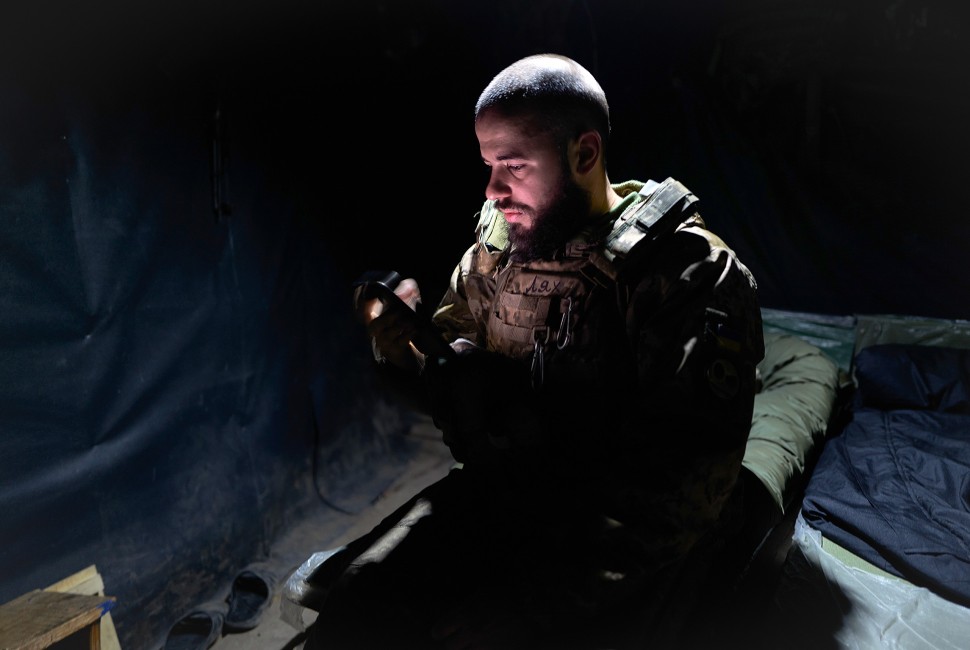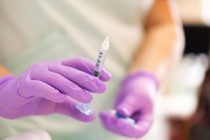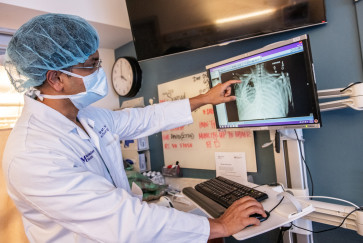A reliable method to treat post-amputation pain remains elusive, but a new Northwestern Medicine study conducted in collaboration with Ukrainian physicians suggests that hydrodissection — a simple procedure that injects fluid around nerves — may reduce residual limb pain and opioid dependence.
The study, published in Regional Anesthesia & Pain Medicine, is the first to evaluate hydrodissection for post-amputation pain, a condition affecting millions worldwide that is notoriously difficult to treat.
“Adding hydrodissection to opioid treatment for post-amputation pain not only appears to improve pain outcomes, but also shows mental-health benefits,” said senior study author Dr. Steven P. Cohen, a professor of anesthesiology and the vice chair of research and pain medicine at Northwestern University Feinberg School of Medicine.
For young veterans, finding safer alternatives to opioids is especially crucial, because many face a high risk of opioid dependence due to severe psychological trauma, he said.
Cohen, who traveled to Ukraine to set up the study, is a retired U.S. Army colonel who served four overseas tours in support of military operations and father to a son currently in the infantry.
A remarkably simple procedure
Hydrodissection is an ultrasound-guided procedure where fluid is injected into scar tissues around nerves to relieve pressure, reduce inflammation and promote healing. While the technique has shown promise for acute and neuropathic pain, its effectiveness for post-amputation pain, specifically, had not been previously studied.
“It’s remarkable how simple and accessible this technique is — requiring just an ultrasound and a needle,” Cohen said.
Scientists followed 74 Ukrainian soldiers and civilians who had undergone traumatic limb amputations due to war injuries. Thirty-eight patients received hydrodissection alongside opioid therapy within six months of amputation, while 36 received opioids alone.



